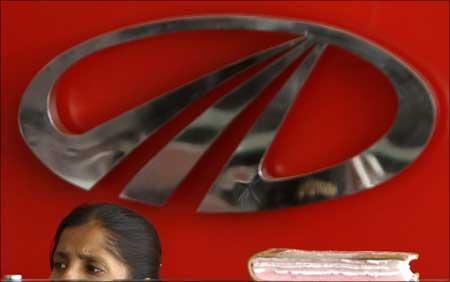
The line between smart thinking and gimmickry often becomes finer with growing ambition, and for a $12.5-billion tractors-to-tech company -- present in over 100 countries through 137,000 people -- the choices can be frighteningly overwhelming.
For the said company to then distill everything to one simple word -- 'Rise' -- is potentially a cynic's dream. What would be even more audacious is for the company to issue a war cry -- 'Spark the Rise' -- on the Internet, and claim that it echoes in India's teeming broadband-dark homes with equal force.
The story of Mahindra's Rise campaign talks about how the company is keeping things real . . . and hoping to disappoint cynics in the process.
What is Rise? Is it a programme to uplift the underprivileged? Is it a CSR programme? Is it a Mahindra initiative for its BoP (Bottom of the Pyramid) customer segment?
These are some of the questions that people ask us when we talk to them about Rise. Rise is not any of the above. It is a brand initiative.
. . .

Most businesses deliver on their promises through their products and services. For example, if we as a brand promise reliable transportation solutions, it is the vehicles that we produce that will fulfill it.
Rise, though, is not a 'rational' idea; it is open to an individual's interpretation. It could mean anything -- to succeed in life, to come out of poverty, to grow richer, to be independent, to be empowered, etc.
It is the ambition or fire that burns within each one of us. So we had to provide an experience for people to really understand what we mean when we say -- 'we enable people to Rise'.
To deliver on a promise such as this, we explored options other than goods and services. And when the campaign was launched in January this year, we also realised that communication through the usual media instruments (newspapers and magazines, and the like) would not be enough -- we needed to give a touch and feel experience.
And thus the 'Spark the Rise' platform/portal was born.
. . .
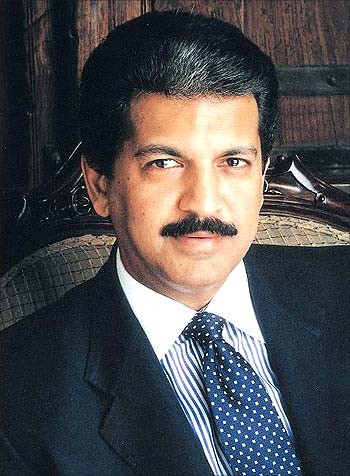
Why did we choose the Internet as a platform?
Our primary platform should be able to connect likeminded peop#8804 be flexible enough to allow participants to enter details and modify those later and also allow us to store details of all the projects we have received in the same place.
A medium that satisfies all these requirements is the Internet.
Now, having said that, we have made ample and more provisions for people to participate through an offline process as well.
So, we have printed copies of the submission forms which are available at our various touch points across the country.
Let me explain how this works. Assuming that there is a Mahindra dealership in rural India, where Internet connectivity is either poor or absent, a person wanting to participate in this programme can pick up the entry form off the shelf, fill it and then send it to us.
. . .
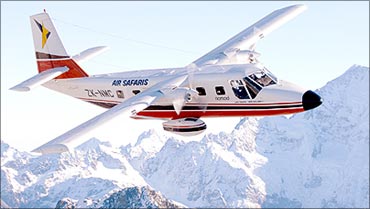
We then key in the details here. We have received quite a few submissions through the offline process. However, the ultimate objective of involving the public (not just in judging but also as volunteers) necessitates that all these projects are available in one space where they can be readily accessible by people.
That is also one of the reasons for choosing a digital backbone for this project.
Is non-English speaking, non-Facebook savvy rural India at a disadvantage?
It is a myth that rural India is at a serious disadvantage because the platform is in English.
Firstly, we have printed the offline entry forms in almost all the regional languages. We have received entries in Tamil, Malayalam, Bengali and Hindi.
We translate these entries and then upload them on to the Internet on behalf of the project owners.
. . .
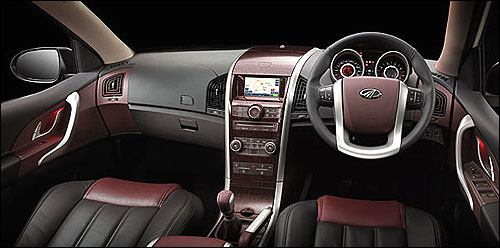
Secondly, we have just started this programme. We are working on language sites that will allow the users to choose their language.
Probably when Season 2 opens, the site will be available in at least three or four languages, allowing participants to submit entries, update projects and also follow other projects.
Thirdly, we are also considering a mobile version. With affordable mobile tariffs, the proliferation of smart phones and the increasing reach of cost-effective broadband connectivity it would not be amiss to assume that connectivity in rural India is as good as in other parts of the country.
Google Analytics tells us that the site has visits from about 100 towns and cities in India. Even if you eliminate the top twenty, tier 1 or metro cities, the penetration is pretty significant.
We have also received entries from semi-urban/-rural areas of India such as Bagalkot in Karnataka, Durg in Chhattisgarh, Jabalpur in MP, parts of Eastern UP, and the interiors of Jharkhand and Bihar.
. . .
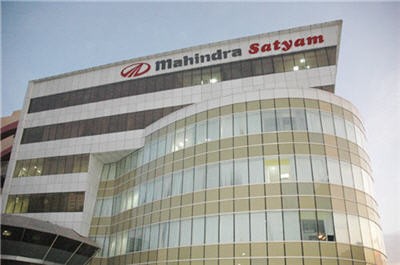
Most of these are online and a few entries are offline, but by and large I would think that the mix is pretty healthy.
Further, to ensure that rural India is not left out of the programme, we have enlisted the services of our salespeople: if you consider a business like Mahindra Finance alone, they have about 6,500-7,000 people working in semi-urban and rural India.
Over the last one month, we have travelled extensively, met people and have equipped the sales force with the skills needed to spread awareness about the programme in rural India.
So, at our end, we have put in place systems to ensure that the lack of connectivity does not prove to be an obstacle. And we are hoping that when the local language and mobile versions come up, the whole process will be further democratized.
Are the funds sufficient for a 'spark' to be fanned into a flame?
The core objectives of the programme clearly state that this is not a business plan competition. There are other similar programmes that are sponsored by either the government or by corporates.
. . .

They are all excellent programmes, but their objectives are probably different. Most of these programmes have a start and a finish date and after that the projects and the project owners are on their own.
An unarticulated objective or credo of this programme is to inspire people to help others to rise. For example, let us assume that X is planning to set up a solar energy generating facility in a large industrial township and has applied to Spark the Rise.
We understand that the project will need funding beyond the initial Rs 400,000 that we are giving every month or even the Rs 4,000, 000 that we give the winner. We think that winning the grant is not the only objective.
The objective should be to build a network of likeminded individuals and through this network execute his or her plans. The money from Mahindra is just seed funding. We are not under any false illusions, nor are we pretending to be the benefactor that will fund the entire requirement of any project.
Recently, on our Facebook wall a participant who had submitted an idea pertaining to the use of cloud technology to offer to schools put up a post saying that he had received several requests for partnerships and involvement and also received enquiries from different schools about the service offered. Such developments will ensure that projects do not die.
. . .
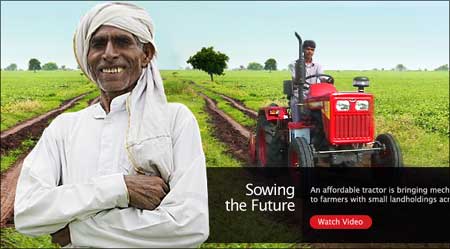
What we are hoping for is that a combination of exposure and engaged people tracking the programme (in the first month itself we had about 200,000 unique visitors) will help in sustaining a project.
We are also working on partnering with service providers in two broad areas. Firstly, we are talking to organizations that will guide and mentor innovators and entrepreneurs.
For example, X may have the technology but is not entrepreneurial enough. Y on the other hand will have the entrepreneurial bent of mind needed to commercialize the project, and thus the association would be mutually beneficial.
The mentor organizations will provide their services on a voluntary basis. This platform will merely connect them. We are not going to coerce the participants to take advice. The choice is theirs. We are attempting to promote a culture of volunteering through this exercise.
Secondly, we are also planning to partner with agencies that provide testing and implementation-related services.
. . .
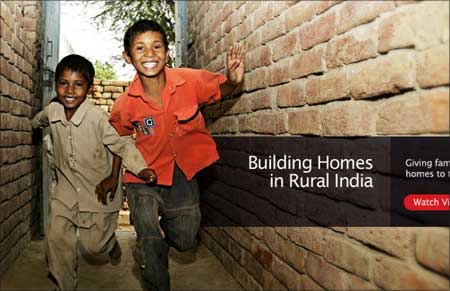
This means that a participant has a mentor and guide to advise him on the business aspects -- setting up, scaling, venture capital funding, etc -- and an implementation partner to test the product and provide feedback.
We are trying to build a complete ecosystem where people who want to drive change are able to focus on their objective without having to worry about the daily grind.
The first right of refusal?
Mahindra is just like any other member of the public that follows a project. There are no stipulations that we should be first approached with the technology or project.
In fact, we accept all entries. Everyone with an idea can log in and submit their project. We have tied up with TiE (a non-profit organization that fosters entrepreneurship) for the initial pre-screening process.
The pre-screening is not about judging the quality or the lack in a project. It is more to ensure that the information needed for the public to make an informed decision is provided. The details are given to the primary jury who are listed on the site, who then take a call. We do not get involved in the process at any stage.
. . .
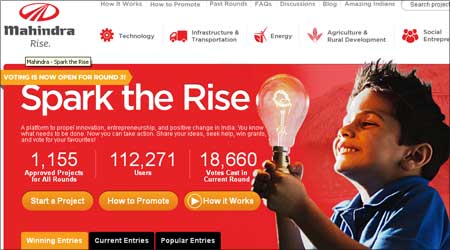
The strings attached?
None at all. We have a simple verification process. Once a winner has been announced, we expect people to come to us with proof of identity. We then verify whether the infrastructure claimed by the person actually exists. Once this is done, the grant money is disbursed.
We do not want to monitor the progress of the project once the grant is given -- the platform is built on the idea of good faith and trust.
On and off, we probably may ask our closest sales office to go have a look. We are not going to ask how the money is going to be spent to the last decimal point -- this is just an ignition grant.
We also believe that the process will become self-regulatory over a period of time. For example, if someone who wins a grant does not continue the work after the money is given, we expect the public in the vicinity who are following to write to us about it.
However, even if it is brought to our knowledge, we don't plan on suing the participant. We have factored into our plans the possibility that a certain percentage of the projects will tank.
. . .
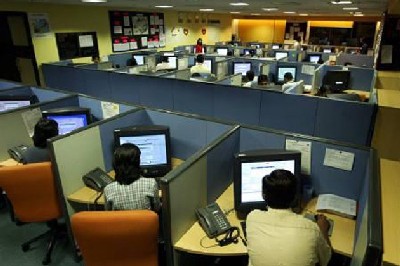
And there could be various reasons other than the intentions of the project owner (good or bad) for a project to not to take off. For example, he or she may have closed down operations in one area and set up a bigger facility somewhere else.
We are also aware that sometimes, the project owner may have a different intention/agenda for the grant money. So, yes, it would take away some of the credibility from the project.
Our endeavour is to ensure that the needle is always on the side where projects are doing good, with the entrepreneurs doing what they said they would.
So out of 48 grants, even if ten-fold up, there are still 25 that will have done well. It is akin to the pharmaceutical industry: they screen thousands of compounds, at the end of which they could get nothing or they could get one blockbuster drug which pays for the 10,000 that failed.
Secondly, we do not have the bandwidth to monitor 48 projects this year and 200 the year after and check whether they are fulfilling their promises. We are not going to play the role of a principal checking on students.
. . .
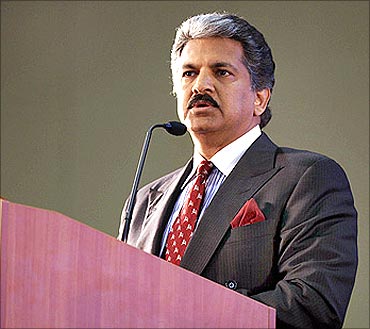
We think it will become a self-regulatory process. If people actually notice so much good work happening, ten other programmes could spring up, you and I would be inspired. Can this movement spread? That is what we are really hoping for.
What are the challenges for us?
Even today the number of sceptics and cynics outnumber the number of believers (in a programme such as Spark the Rise). Most people still think of it as just another business plan contest.
Some expect us to lose interest in another six months. So the first challenge for us is to prove that this is not a passing fad for us.
The second challenge is to get on board innovators and entrepreneurs. Most innovators are hesitant to showcase their product or idea on a platform such as this due to the fear of replication.
And the third challenge is to reach every nook and corner of this vast country.
The solution to all the three challenges is this mysterious element called time. If we are able to showcase our commitment and not chase the next big thing within six months of launching this -- we already have defined a three-year horizon and plans -- and are able to attract a fairly decent amount of projects which drive change on the ground, and if with time we get more people hooked on the platform who start nominating and referring projects, then we probably would have addressed all the challenges.
Finally, it is a question of motivating and exciting the vast network that we have -- whether it is our employees in rural India or our dealers, vendors or our partners in semi-urban areas -- and making them evangelists.
This is an ongoing process and it will take time, we have around 60,000-70,000 people in India. With all this and since we have commitment coming from the very top, I do not see why we cannot reach the majority of the people.
B Karthik, general manager, corporate brand management and business transformation, Mahindra & Mahindra Limited, in conversation with Poornima Subramanian and Seetha Natesh.